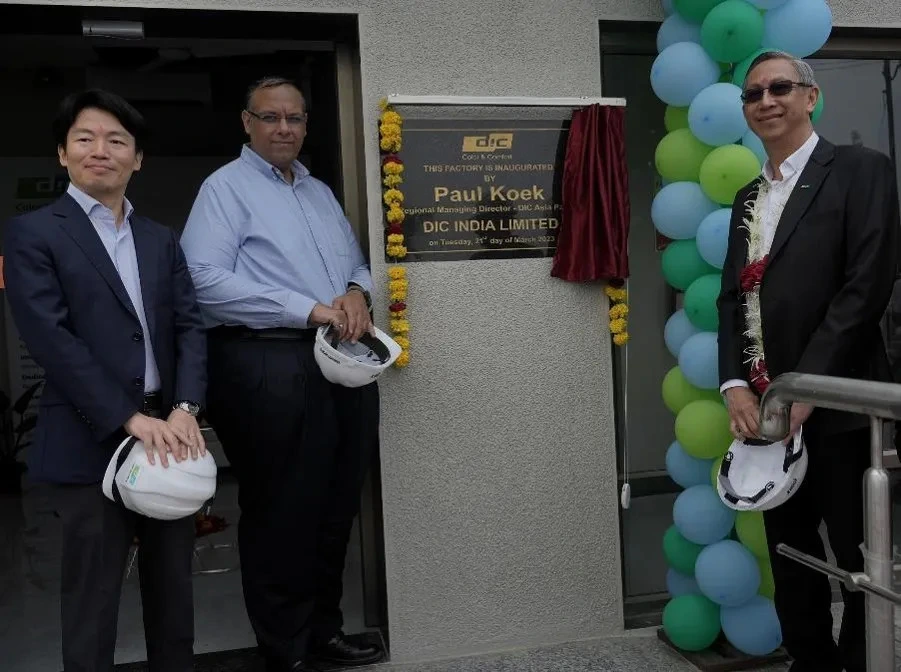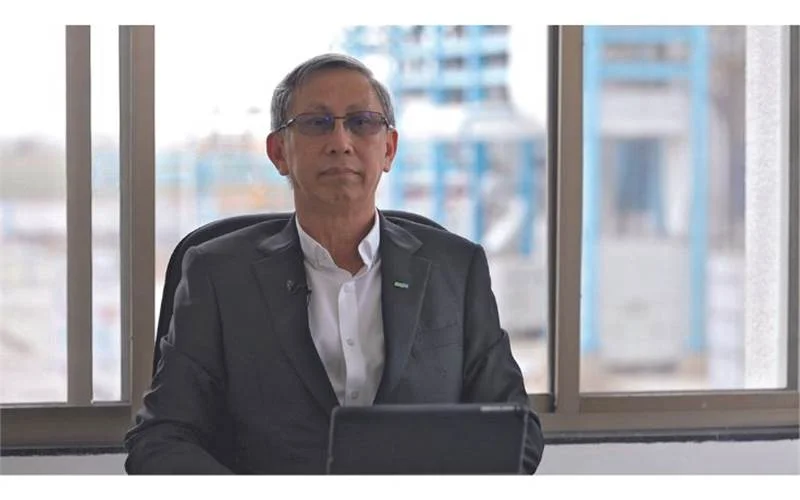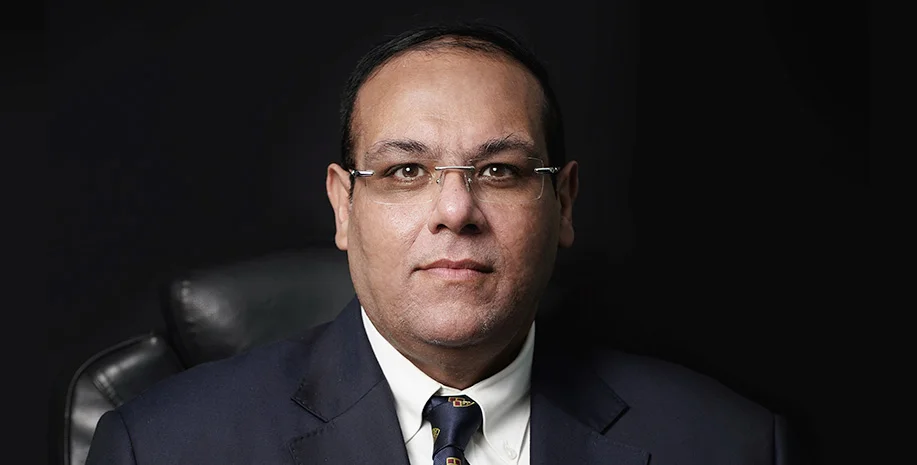Manish Bhatia: I am quite optimistic about 2022 being a year of promise
Manish Bhatia: I am quite optimistic about 2022 being a year of promise

Despite the Omicron threat, DIC India is still eager outline its plans for its future journeys. DIC India’s managing director Manish Bhatia discusses how DIC India navigated through the Covid-19 challenges and managed growth. Bhatia in conversation with PrintWeek’s Ramu Ramanathan
Ramu Ramanathan (RR): How was 2021? How did DIC India fare?
Manish Bhatia (MB): 2021 has been very challenging, just when the industry was trying to bounce back after 2020 Covid impact (and things looking up in Q1), we were hit with unprecedented supply outrages and price surges on one hand and Q2 Covid wave which impacted India very badly. I am glad to say that our employees and partners have worked to ensure we remain successful in our journey (as per our YTD September results announced) and were able to ensure safety of employees and security of our supplies to customers.
RR: Targets for 2022? How do you see the year rolling out?
MB: I am quite optimistic about 2022 being a year of promise. Tough because we are entering the Omicron phase currently but things should hopefully streamline by mid-2022. DIC is committed to delivering delight to its customers and increasing shareholder value, while maintaining its commitment to society and environment. Hopefully we will continue to progress in this direction.
RR: I have heard about the new mother plant coming up in Bharuch. What is the update?
MB: The DIC group sees India as a country of opportunity for both its domestic market and exports. We are putting a state of art plant in Gujarat which will strengthen our service levels in western and southern India. We also propose to bring new platforms to our packaging customers in India and abroad, which will be made in the new plant.
RR: What about commitment to society?
MB: Last year we focussed our energies in providing Covid-care tools to the needy in the community. This year we have initiated engagement with communities near our new plant site on three important pillars.
RR: Which are?
MB: Deeksha which is about girl child education. Then there is Disha: Women empowerment through skill development; and Saksham which is supporting health development by uplifting facilities in the primary health centre. We hope to continue working with communities and support the development
- Leverage
- E-commerce growth
- Connect with consumers through creativity and value creation
- Have deeper customer insights
RR: What did you witness in the packaging sector during the pandemic period and what was its effect on the ink industry?>
MB: There is a clear shift towards packaging food, which accelerated demand in 2020. In 2021, a toluene ban was announced for food packaging. This has created a lot of interest and initiation of shift to safer inks
RR: What about the lockdown impact?
MB: The pandemic also caused a lockdown and many ink manufacturers remained locked especially during the first lockdown in 2020. This created safety issues in many manufacturers – especially as they had to abruptly shutdown.
RR: Grim stuff.
MB: DIC, as one of the leading players in the industry, organised a series of webinars to educate fellow manufacturers in the ink manufacturing fraternity on safe manufacturing practices.
RR: Interesting time to be at the helm - with the second wave of Covid and the deaths and did you witness a decline in overall volume of ink consumption. What were the emergency steps you took to combat the situation?
MB: Both the first lockdown and second wave caused drop in consumption which was further compounded by supply side constraints, this was more pronounced in publication than packaging. Publication has seen a far more severe impact, whereas packaging revived to a great extent once situation became better
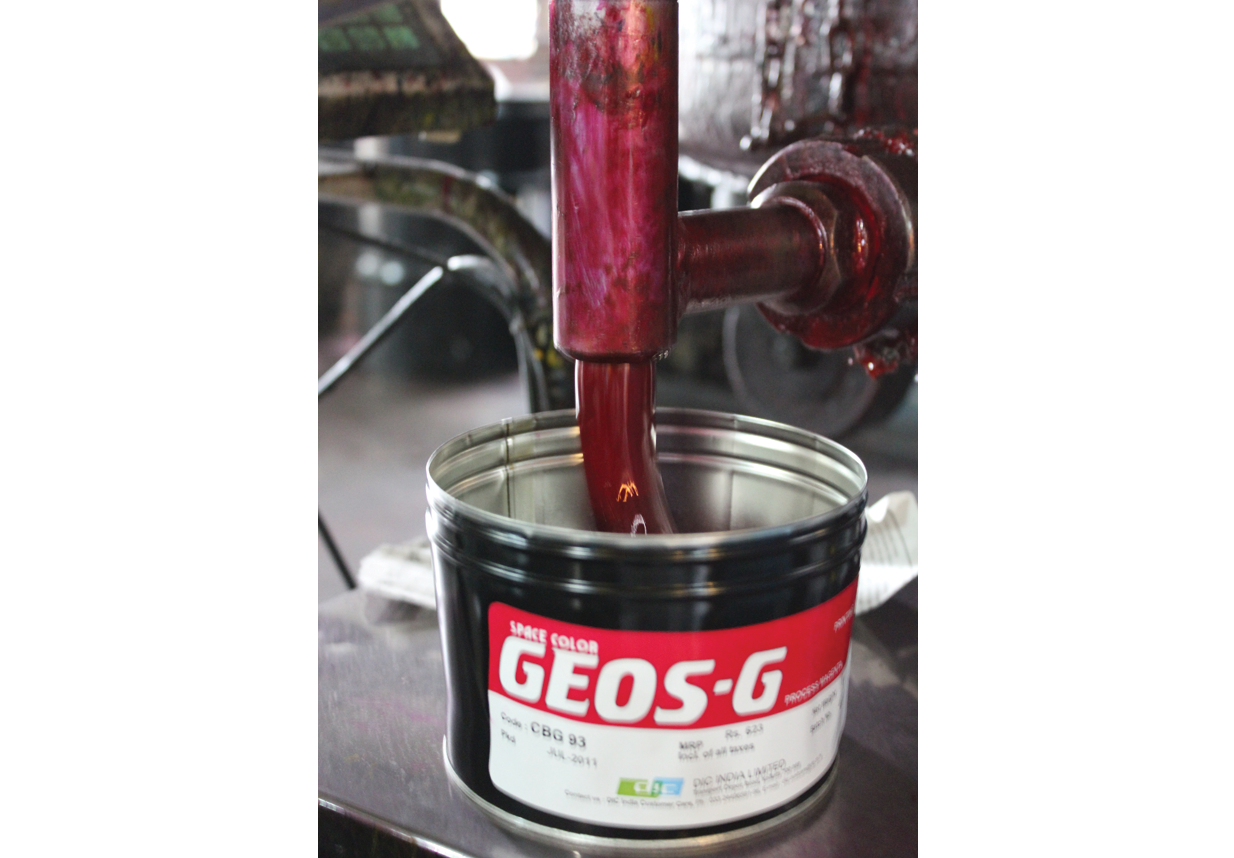
RR: What was your approach?
MB: TWe have followed a simple three-step approach: One). Safety of our people. Two) sustenance of the supply chain to ensure customers don’t encounter bottleneck; and Three). Security of cash flow
RR: It worked?
MB: Yes. DIC India has a well-defined Business Continuity Plan, and with four manufacturing sites and a supportive team we could address all the challenges during this emergency
RR: Has the packaging segment recovered and come close to pre-Covid-19 levels now?
MB: The packaging segment is close to pre-Covid levels, with some speciality segments it is already above pre-Covid levels.
THE RECYCLING PATH
RR: Under EU legislation, 50% of plastic packaging in the EU must be recycled by 2025, which analysts calculate will mean the current annual recycled total of around 4.6 million metric tons will have to be doubled in less than five years. What is happening in India? And what should the Indian packaging industry be prioritising?
MB: The global level is still below 20%. There are initiatives from global brand owners to reduce plastic use and enhance recycling after usage. In India, it must be also driven by brand owners and supported by government authorities
RR: I see. Your thoughts and predictions for the packaging printing business and publication (magazine and newspaper printing business)
MB: We have seen a strong rebound in this segment in H2 2021. The language publication segment has seen a faster recovery but now the English language is also catching up. One of the reasons could be digital fatigue. If the publication industry can drive deeper penetration in India, I am sure they can revive at pre-Covid levels or even do better.
RR: DIC hosted a webinar about toluene-free inks in October. What is the rate of adoption of toluene free inks in India? And how easy has been the crossover to toluene-free operations
MB: It is early days for toluene-free inks in India, with most of consumption focussed on export jobs and global brands. The cross-over is currently slow, but picking up speed, this is compounded but sizable price increases the flexible packaging has seen in 2021. We hope this will be accelerated in 2022.
RR: How do we ensure the FSSAI regulations which ensure that food packaging meets stringent safety standards is made popular among lay persons?
MB: I think this must be done through multiple initiatives, a drive by government bodies, awareness campaigns by brand owners (ink is a small part of overall cost) and I am sure consumers will appreciate this switch. An interesting approach would be to do outreach with younger children, they have set an example by leading in switch to a pollution-free Diwali through similar campaigns in school.
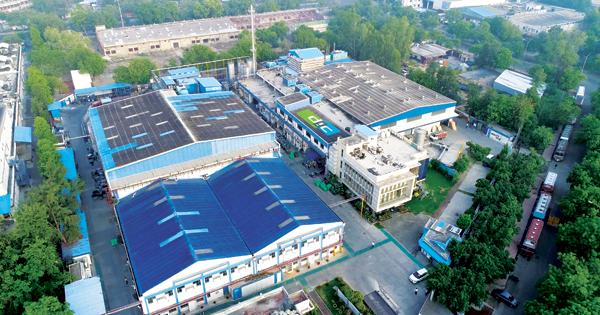
RR: What are the initiatives that DIC India has taken to enable brands to adopt toluene-free inks and how are you enabling printers to switch over?
MB: We have probably the widest range - over six series of inks – which are toluene-free. Some of our inks require virtually no expense by a printer in new assets while driving the switch, this is one of our USPs. We have also been doing webinars for printers and have over 200 attendees in the series we did this in the last two years, where we educate the printers on these ink systems and the process to switch. We also have a trained technical service team which supports on ground transition
RR: Let’s address the elephant in the room: price hikes. I know, input costs are at an all-time high. There is a huge shortage of raw material like resin and freight costs and coal shortage …
MB: DIC has been able to support the printing industry through a series of internal activities which have helped create efficiency and buffer some of this impact.
RR: Are speculators taking advantage and playing spoilsport?
MB: We are also part of DIC + Sun Chemical common sourcing platform which helps us get consistent supplies, thus avoiding speculative buy.
RR: How is DIC India coping?
MB: One thing I can assure, we have not compromised with any of our product quality during these challenging times. The DIC quality is our licence to operate, and we remain committed to the same.
RR: What is your take on ink prices, will it further go north, or south ward movement is in the cards?
MB: I will be speculating if I hazard a guess, I can only say that the times remain uncertain.
PRODUCT WATCH
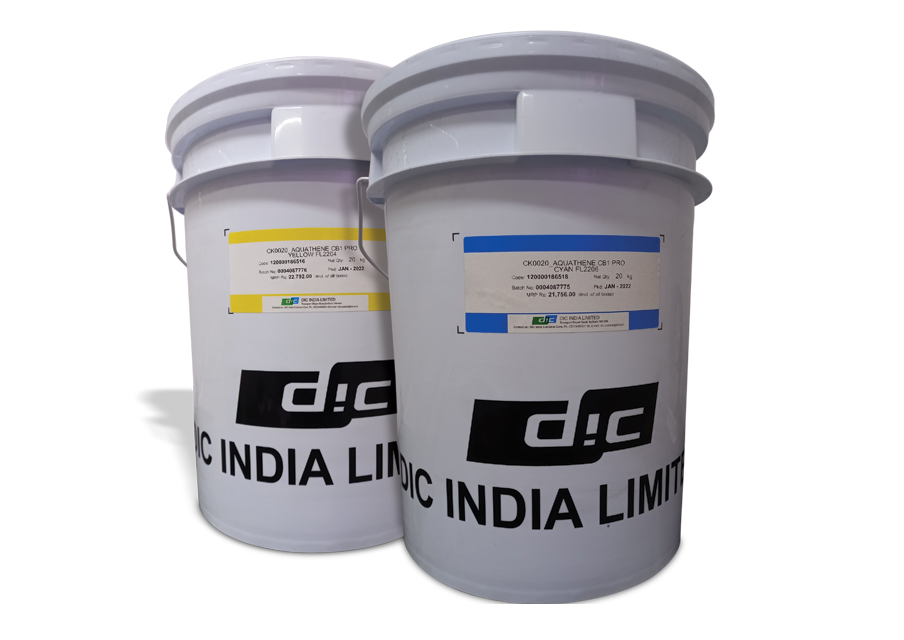
DIC is committed to sustainability. As you know most inks are chemical and solvent intensive. We have a series of products which support a sustainable world. In India we have been supporting the government’s effort in toluene-free inks. Which is why, we introduced Aqua Smart – a water-based gravure ink developed with our global know-how aligned to the Indian environment. This along with our water-based series in flexographic ink – Aquathene are among the most sustainable product offerings for packaging inks in the Indian sub-continent.
RR: What is transpiring with the Chinese economy? It is said that a strong global market demand along with China’s V-shape economic recovery (after slump), has led to shortages of many raw materials. To what extent is this impacting the market in India? MB: India has seen much longer lead times compared to most other Asian countries and some of our European counterparts. The sea freight to India has at times been 500% higher than pre-Covid levels. This has caused a supply side constraint, leading to inflation and is likely to see demand challenges if it does not sort itself out soon.
RR: What is transpiring with the Chinese economy? It is said that a strong global market demand along with China’s V-shape economic recovery (after slump), has led to shortages of many raw materials. To what extent is this impacting the market in India? MB: India has seen much longer lead times compared to most other Asian countries and some of our European counterparts. The sea freight to India has at times been 500% higher than pre-Covid levels. This has caused a supply side constraint, leading to inflation and is likely to see demand challenges if it does not sort itself out soon.
RR: China has picked up huge quantities of resin as the demand picked up. Your comment? MB: Yes, it is true, and we do see challenges in some segments. However, we have our plans in place and in many cases DIC group makes its own resins so we are well covered to service our customers.
RR: Likewise, the ink pundits are saying, Yellow Pigment prices may go up in the coming days because there are chances that the GOI may impose import duty on the imports of Arylides imported from China. The antidumping duty is expected to be in the range of 22% to 44%. A matter of concern? MB: We have a lot of speculation going around. I am sure the government will understand the larger good of industry in India and take appropriate action.
RR: As MD and CEO of DIC India, what is your message to the fraternity for 2021-22 and one lesson you have learnt from the past 18 months? MB: Though it is a cliché, but change is the only constant. We have seen newer challenges emerge in these 18 months. However, my important take away is if your employees are committed to working as one team and if one has their (employees) and customers wellbeing interest at heart, a solution is always available.
MANISH BHATIA - AT A GLANCE
How do you unwind?
I have a golden retriever; I love going for walks with him.
One activity you love.
Connecting with people, with family, colleagues, customers. Every interaction is a great learning.
Favourite films?
Sound of Music, Scent of a Woman, Deewar, Swadesh to name a few.
Once the pandemic is over, where will you vacation?
I love travelling to hills and enjoying homestays, it is always refreshing.
Favourite snack?
Pani Puri.
Favourite book (Fiction / Non-Fiction)?
Art of War by Sun Tzu.
Your adda in Delhi?
Darya Ganj, I was born there.
One thing about the DIC no one knows?
If one must count 10 companies which have been in existence for 75 years and remained among the top three always, it will not be easy to name. DIC India remains one of them. We celebrate our 75 years in 2022.
One factory of a customer you want to visit?
Well, once the pandemic is over, I want to visit all of them and thank them for their support.
One resin you love?
Our new resin for water-based ranges we have introduced.
Your printing ink hero?
Every printer who stands on the press and uses our ink, they are the real heroes.
One phrase, you utter at least once a day.
Let us make it happen together.
PACKAGING POINTERS
New safety standards such as colour coding and EPR goals
Colour coding in the workplace mainly concerns the safety and disaster preparedness of the workforce. The concept consists of assigning different colours to indicate various risks, dangers, and safety hazards either up-close or from a distance.
Extended Producer Responsibility (EPR) is a policy approach under which producers are given a significant responsibility for the treatment or disposal of post-consumer products. It is a strategy designed to promote the integration of environmental costs associated with goods throughout their life cycles.
The current generation of vegetable oil inks. Will the industry be able to achieve 50% recycled content?
Sheetfed and heatset web offset ink vehicles, which do not require any volatile organic compounds, are prepared by blending: a petroleum resin, an alkyd resin, a non-bodied vegetable oil; and one or more fatty acid esters. Inks prepared from these vehicles are quick drying and meet or exceed industry standards in regard to rub-off resistance, viscosity, and tackiness.
Globally only 10-15% have been recycled so far. It`s a big challenge to achieve more than 50%. However, we should take various initiatives to increase recycle percentage and avoid landfill/ocean pollution.
Three packaging trends
Home delivery of food and consumer products increased demand for packaging containers and the cartons they are sold or shipped in,
The medical device and life sciences industry saw a significant uptick, with demand soaring for PPE, face masks for the medical and consumer markets.
The automotive industry has been hit by the pandemic in a variety of ways. Assembly plants and suppliers were mostly affected.
Sustainability tip
- Reduction of virgin plastic usage
- Collect and recycle plastic package
- Reuse/Recycle/compostable plastic usage.
- India has introduced ‘recykal’ which is a cloud-based web and mobile application to track waste and encourage recycling. This digital technology aims to drive positive behavioural changes among consumers and inspire producers to be more responsible for the dumping and reusing the waste they make Recykal encourages people to stop throwing the unwanted materials, which leads to many reusable plastics being dumped in a landfill.


















